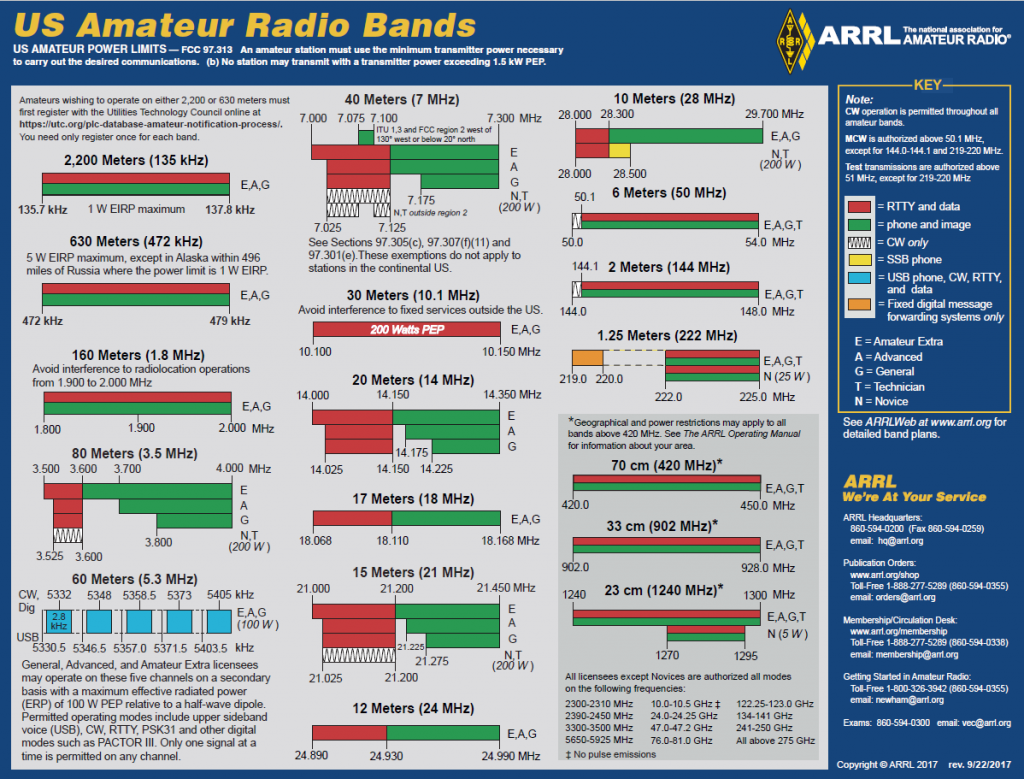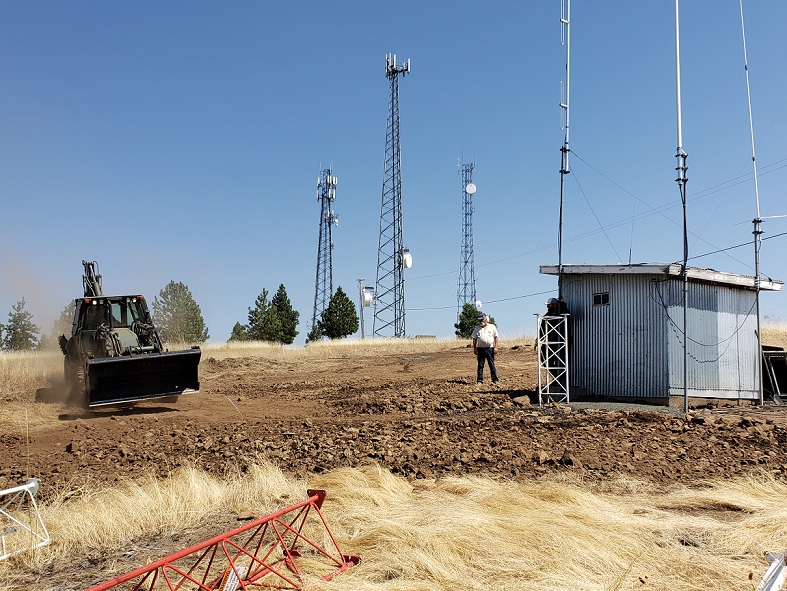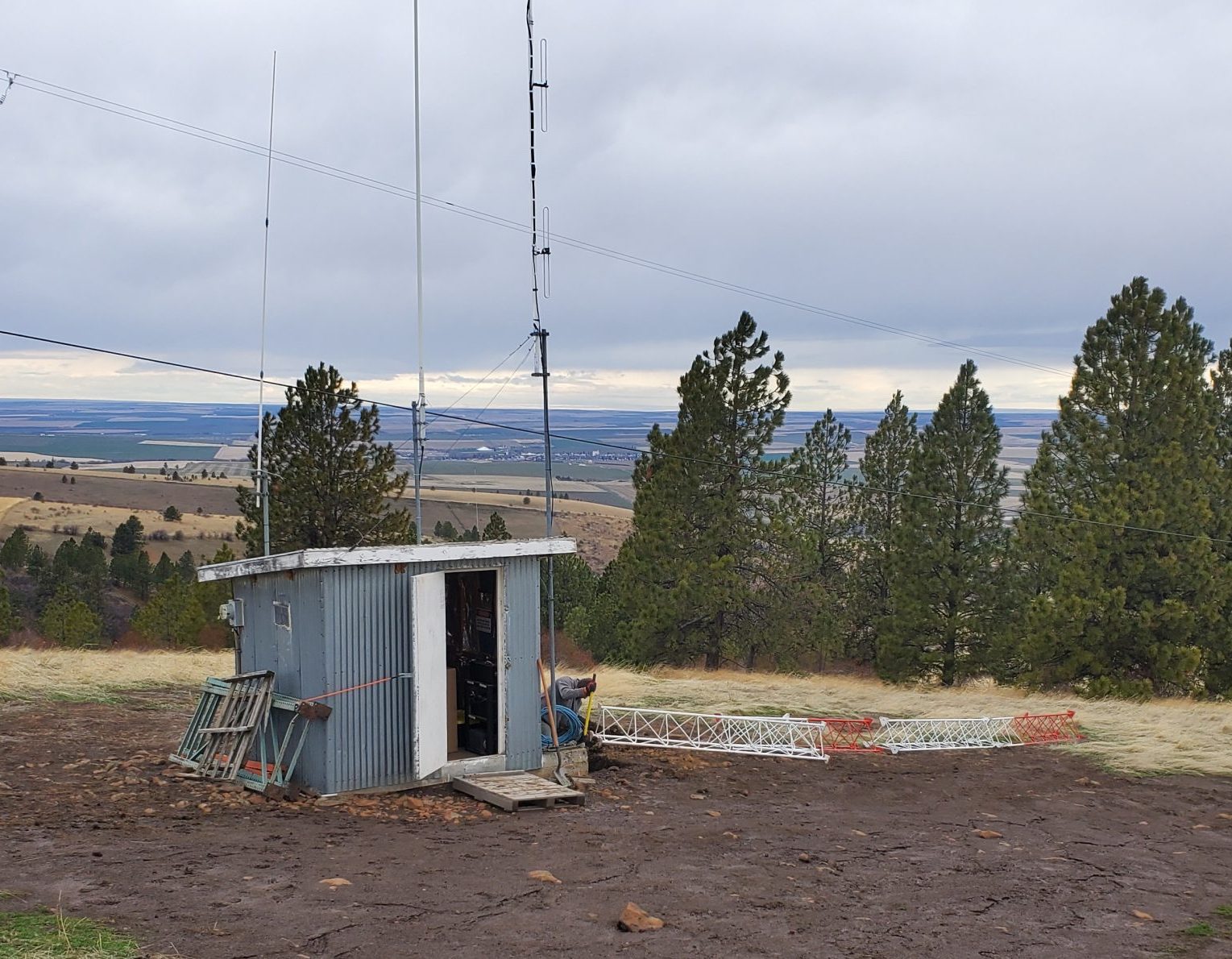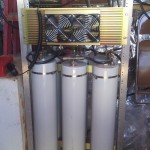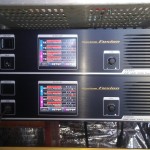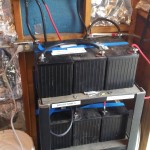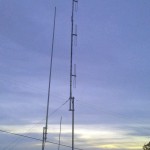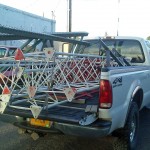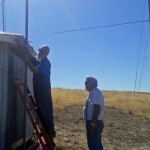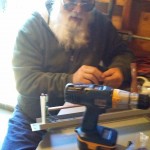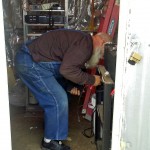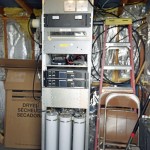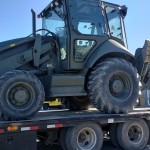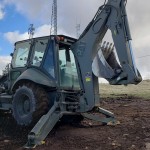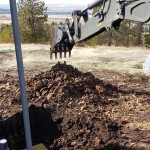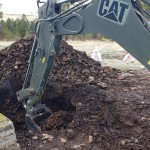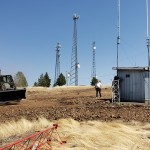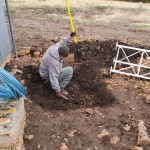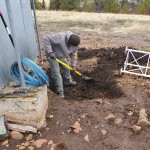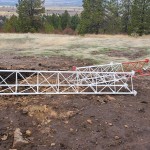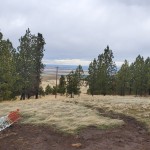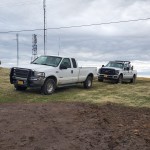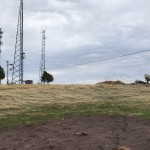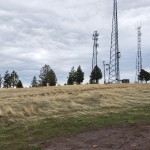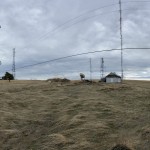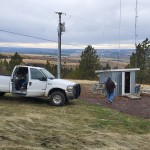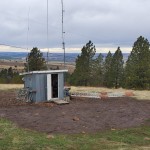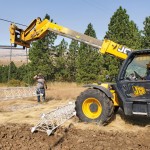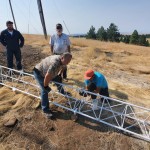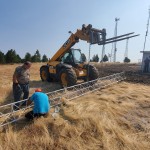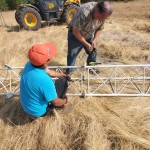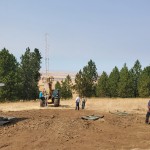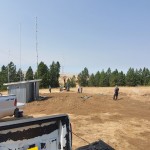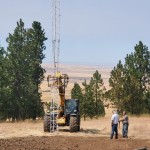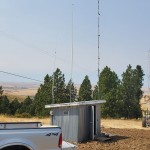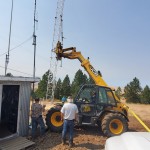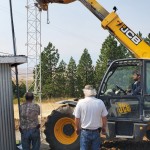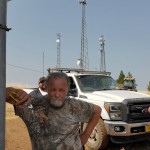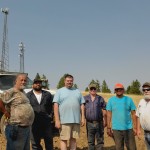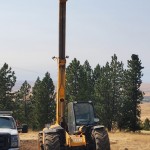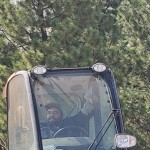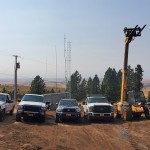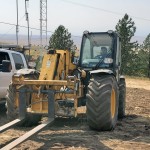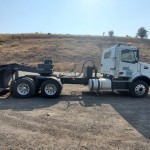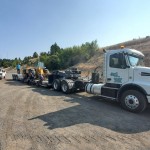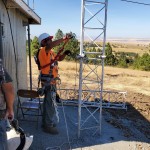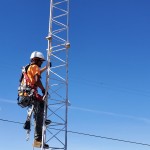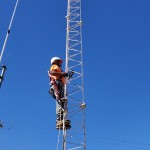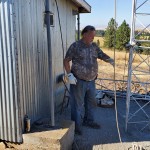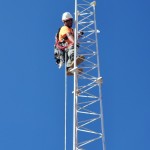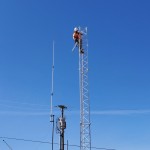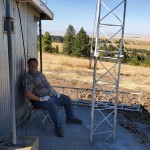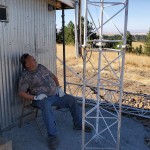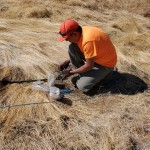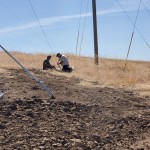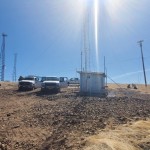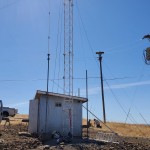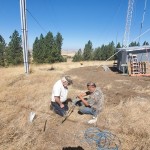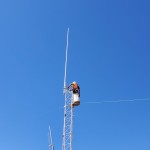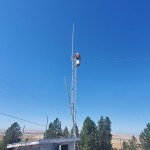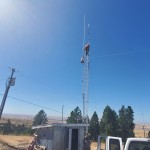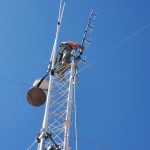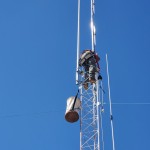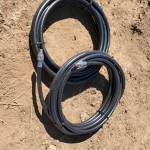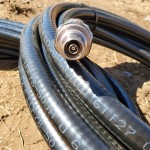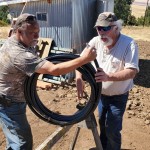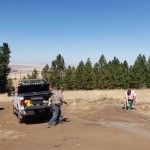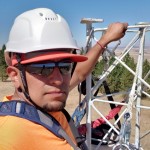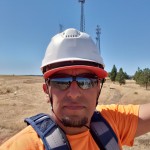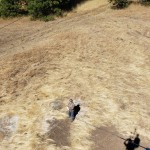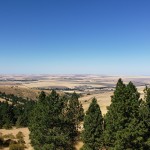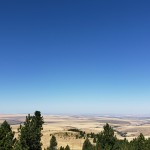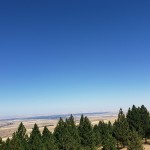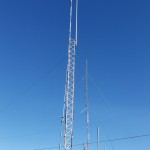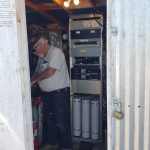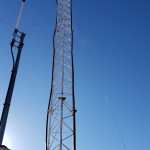WIRES-X Basics
WIRES (Wide-Coverage Internet Repeater Enhancement System) is an Internet communication system which expands the range of amateur radio communication. For WIRES-X operation, an amateur node station connecting to the Internet is used as an access point connecting your wireless communication to the Internet. Your station can communicate with other amateur stations all over the world using a node within your radios range.
The W7NEO (147.040/145.19/442.125), WB7ILL (443.80), and WF7S (146.80) repeaters are all the local machines within Umatilla & Klickitat counties that are currently linked to the WiresX system. The W7NEO machines (with the exception of 442.125), WB7ILL, and the KE7PUP Node (147.55) are all four parked in the same WiresX room (NE-OREGON). This effectively links them all together to provide a foot print covering roughly a 150 mile area within both NE Oregon and SE Washington. All of these machines allow world-wide contacts to be made through the WiresX system. In addition to this is the KB7PPM repeater located in Salem Oregon which for the moment, covers all of the immediate area of Salem. According to the owner (Paul, KB7PPM) there are plans to relocate the repeater at a later date to a higher location which should provide excellent coverage over the Willamette valley.
FAQ’s:
“Will I have to buy a new radio?”
If you’re accessing the system via analog FM then no you won’t. But if you’re accessing a repeater that is operating in digital voice only (such as the W7NEO machine) then unfortunately you will need to have a radio that is C4FM capable. On the up side, the digital voice mode provides considerably more features, better voice fidelity, and ease of operation.
“Can I turn the Wires-X System On/Off when I want to?”
~Yes! If you’re going through an analog repeater pressing your PTT (Push-To-Talk) and pressing “*” on your DTMF keypad will disconnect the Repeater from the Wires-X system (for about 20 seconds). Most local repeaters are configured to automatically return to their home room after they have been disconnected from the previous room (such as the W7NEO system). If you’re on a digital system (such as the W7NEO repeater) there is no need to press the PTT, just press and hold down the “*” button on your microphones DTMF pad for a couple of seconds, without depressing the PTT and the system will disconnect from the current room you are in. Again, most systems are configured to return to their “Home Room” by default (W7NEO returns to NE-OREGON).
“Who all can hear me?”
~You decide! When a user connects to a “room”, the room may be full of other users, or only a few. Some might be in the USA, others could be overseas! Keep reading for more on this.
*The W7NEO repeater by default is parked in the NE-OREGON room (40289) when not in use.
“Is this like IRLP or Echolink?”
~Somewhat. With Wires-X, a node connects to a room, which might already be hosting other nodes. This feature is not available with IRLP or Echolink. Wires-X (a Yaesu system) allows “Rooms” that often host several other nodes, some of which might be repeaters or personal nodes, belonging to a single operator. Keep reading…
“Do I need to upgrade my license to use Wires-X?”
~No! A newly minted Technician class operator can access the system and still make contacts with other states, and countries. A license upgrade is NOT required to use Wires-X.
“What if I need the repeater for an emergency?”
~Easy, first disconnect the system from the WIRES-X system. Either way, your emergency traffic WILL be heard locally, and possible on other systems as well if the systems are still connected. Pressing your PTT, then “*” , will quickly disconnect, or hang-up on the system. NOTE, this can only be done (right now) in-between transmissions.
*Be aware that the W7NEO system is NOT affiliated with ARES or RACES or any other such organization.
Good Operating Practices while using the WIRES-X system
SIMPLY FOLLOW THESE 4 STEPS
1 Listen!
2 Listen!
3 Listen!
4 …..Ok, this step has several steps. Did you happen to notice steps 1-3? Yes! Listen, Listen, Listen! This is the best advice I can offer you. Please KNOW what you are doing BEFORE you do it. The more prepared you are, the more receptive other stations will be to engage in a QSO with you.
Typically most of the repeaters local within Umatilla, and surrounding Counties are connected to their own rooms. Their individual rooms will accept calls from outside stations as well. If you desire a different room, there are two ways to go about it depending if the repeater is digital, or analog voice (The W7NEO repeater system is digital).
For Digital, you’ll have to first connect to the WiresX system by pressing the DX button on your radio. Once connected you can either do a search, or choose from your favorites list for a room to navigate too. This can vary depending upon the individual radio. Once you’re finished with which ever room you’ve been using, you can either navigate to another room in the same manner, or press “*” on your DTMF mic (without keying the radio) and the repeater system will do the rest.
For a WiresX repeater operating in Analog FM mode, simply key your radio and send the DTMF character * into the repeater (Digital Operation is slightly different). Once you DISCONNECT (*) from a room, or whatever room the system is currently in, you will hear the repeater “talk back” to you with 4 rapid dits. This is a MORSE CODE “H” (for hangup) and is the indicator that you have just disconnected from a room. Within about 20 seconds, key into the repeater (with your PTT button) the # sign followed by the room number of your choice, and un-key your radio. Once again, the repeater will “talk back” to you and announce that it is connected to the room you requested. If you do not receive an announcement that you are connected, a series of 5 longs tones will be heard. This indicates that the room is either busy or is not accepting incoming connections. Once you receive the announcement that you are connected, PLEASE wait to transmit, to ensure that there is not already a QSO in progress.
There is a list of available rooms on the internet. From the internet simply look up the list of available rooms currently on the system. Click on this link to view the list of active rooms, and their room numbers. Remember the number of the room you would like to join. If you are accessing the system through one of the local analog repeaters you should know that some rooms do not want analog nodes to connect. Please pay attention to the comment section of the list, and respect those who ask that no analog repeaters (or RF linked repeaters) connect to their room.
The repeater may already be connected to a room and someone might already be in a conversation. So… Listen, Listen, Listen, to make sure the repeater is NOT in a room already, and that a QSO is not in progress. Better yet, after listening for a few moments, announce “is the repeater or Wires X in use”? Once you are confident that you are not interrupting, key the * symbol into the repeater. This is also know as “hang-up” or “Disconnect”, which will disconnect the repeater from any Wires-X room it’s in. The repeater will answer this with 4 rapid dits (Morse code “H” for hang-up), indicating it has disconnected if analog, or the word “Disconnected” on a digital connection.
Now that you have your desired room, send the DTMF character #, PLUS the desired room number into the repeater using your PTT by pressing # followed by the 5 digit room number you desire. The repeater will either announce to you it has connected, or that the connection has failed, using a series of 5 rapid tones. This is true for digital operation as well, in addition to the search feature.
You have just connected to your very first room! Congratulations! VERY IMPORTANT – When entering a room, a QSO might already be in progress, so follow steps 1, 2 and 3 again. Better yet, follow them a second time. No one wants to be interrupted by someone barging into a room hollering their call sign. Once connected, either (1) Listen for other stations, (2) Respond to a calling station, or (3) Put out your call sign with the state (Washington or Oregon) that you are calling from, and simply ask for a Wires-X contact. You will likely get a response using this method. The room you are in likely has several repeaters in it, so make sure to follow the rules and be mindful that your transmission might be carried by dozens of repeaters systems in the USA and OVERSEAS.
Use your call sign Phonetically! Phonetics help immensely with stations being able to hear your call sign and respond to you!
When you are in a room and establish a contact, it is VERY IMPORTANT that you not “Tailgate” or “Quick-Key”. Once the other station is done transmitting, count to 3 or 4, and then begin your transmission. When you start your own transmission, please key up, wait a second or two, and THEN begin speaking. Remember, you are likely bringing up several (sometimes up to 150+!) connected repeaters, and they like a little time to start transmitting before you start talking. This allows the entire system to complete the previous step before picking up your transmission. Once you are done speaking, leave your mic keyed for about 1 second (dead air), and then UN-key. This encourages the station on the other end to do the same, keeping the system flowing smoothly. Please review these points to present yourself as well prepared station.
When you are done with the Wires-X system, feel free to stay connected, in case another station wants to begin a QSO themselves. This is called “leaving the link up”, or “keeping it connected”. If you disconnect, (dropping the link), that’s fine as well. Just be sure to use your call sign when you key the repeater to connect (#) or disconnect (*).
- On the W7NEO system those WiresX nodes not already locked in the NE-OREGON room are set to automatically disconnect and return to their home room (NE-OREGON) after 15 minutes.
ALWAYS IDENTIFY your transmission, when connecting or disconnecting the Wires-X link.
Here is something else to listen for. Once you disconnect from a room using the “*” key , any room, our node will “park” itself back in the Home room after about 15 – 20 seconds. If you do not key a new room into the system, our node will put itself back in our own room automatically. Feel free to test this out yourself. Disconnect from the current room, and then wait and listen. it will go back to its own room about 15 – 20 seconds later. Most all of the local repeaters are ALWAYS in a room, even if it isn’t their own room.
Here are 2 perfectly acceptable examples…
“This is K7ABC, accessing WIRES-X”, (assuming that you have already disconnected previously) and then without un-keying, key your desired DTMF characters into your radio. Now UN-KEY.
The same is true when disconnecting…
Key * into your radio, and then without un-keying your radio, announce “This is K7ABC, dropping (or) disconnecting WIRES-X“. Now UN-KEY your own radio. You will hear the repeater return with the disconnect message.
